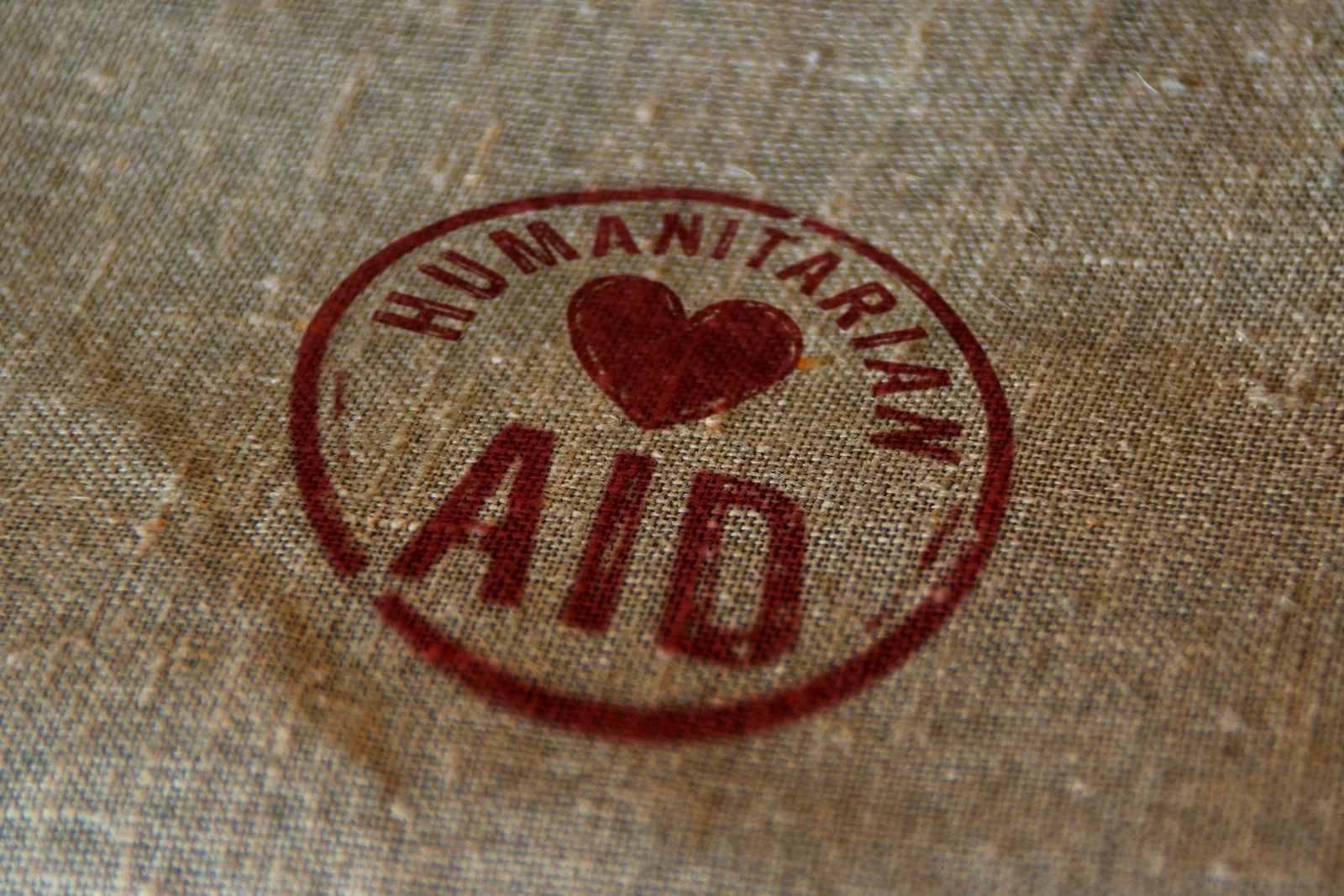
When Nobody’s Watching, Everything Falls Apart
Nearly 300 million people will require urgent humanitarian assistance this year alone. That single figure—staggering on its face—should anchor debates in Europe and the United States about migration, trade, and foreign aid. Yet the conflicts and state failures driving those needs often slip into background noise. From Africa and the Middle East to the Caribbean and Latin America, conflict and climate shocks now converge, erasing the tidy line between “humanitarian” crises and “geopolitics.” The International Rescue Committee’s 2025 Emergency Watchlist underscores that reality, placing countries such as Sudan, Syria, and Myanmar among the most acute flashpoints.
Sudan
Sudan’s civil war, which erupted in April 2023 between the Sudanese Armed Forces (SAF) and the Rapid Support Forces (RSF), shows no sign of abating. Whole neighborhoods have been razed; militias intimidate civilians with chilling threats—“You can run, but we will find you”—meant to scatter communities and entrench fear. A lethal cholera outbreak is sweeping the country, with more than 60,000 cases and over 1,600 deaths reported between August 2024 and May 2025, prompting urgent appeals from UN agencies.
The toll is immense: about 12 million people are displaced, including 7.7 million inside Sudan—placing the crisis among the largest globally. The RSF’s self-proclaimed rival government was swiftly rejected by the UN Security Council, reflecting alarm over further fragmentation. In Europe and the U.S., the fighting reverberates through arguments over asylum and resettlement, while instability along the Horn and the Red Sea is reshaping migration routes into Spain and beyond.
Syria
Fourteen years on, Syria’s war simmers rather than ends. As of August 2025, the UN Security Council remains fixated on humanitarian access and political paralysis, while clashes continue among regime-aligned units, insurgents, and Kurdish-led formations. Recent attacks linked to the Syrian Democratic Forces against Damascus-aligned factions highlight brittle lines of control. Open warfare by Assadist forces has ebbed since March, but the sectarian and ethnic fissures that fueled the conflict remain unresolved.
Returns are real but fragile: UNHCR estimates 754,436 refugee repatriations since December 2024, alongside 805,279 returns of internally displaced people. Meanwhile, regional spillover—from the Iran–Israel confrontation to militia skirmishes—keeps Syria embedded in a wider security crisis. In Europe, the politics of Syrian return and integration continue to shape migration debates; in the U.S., counterterrorism concerns and the roles of Russia and Iran keep Syria on the policy agenda.
Haiti
Haiti is enduring one of its bleakest periods in decades. Gang rule—once concentrated in Port-au-Prince—has metastasized into rural regions. The government has declared a three-month state of emergency across the West, Artibonite, and Center departments to stem spiraling violence. UN officials describe a “strikingly horrific” landscape: armed groups choking off roads, seizing facilities, and uprooting communities.
Basic services are collapsing under the weight of insecurity and climate shocks, leaving millions in need. Kidnappings and extortion are not aberrations but a daily levy on survival. For the U.S., geography makes Haiti an immediate concern, from potential migration surges to maritime security. European governments, though farther away, are alert to the transatlantic ripple effects through aid pipelines and diaspora networks.
Myanmar
Myanmar’s civil war is widening as the junta loses ground. The military faces battlefield setbacks and stands accused of systematic torture in detention—including against children. By some estimates, the junta effectively controls only a fifth of the country, while ethnic armies and resistance coalitions hold large swaths of territory. Earthquakes and floods compound the emergency, turning political collapse into humanitarian catastrophe.
The Rohingya again face existential risk, with new displacement spilling into neighboring states. The junta’s rebranding efforts ahead of planned elections are overshadowed by mounting evidence of war crimes. In Washington and Brussels, Myanmar is both a human-rights test and a strategic story about China’s influence in mainland Southeast Asia—driving sanctions and expanded assistance for displaced populations.
Ethiopia
Ethiopia’s fragile peace is fraying. Government forces, militias, and armed groups stand accused of abuses as tensions escalate in Tigray and nearby regions. A power struggle in South Tigray has sparked protests and clashes, rekindling fears of confrontation with Eritrea—even if a large-scale war still seems unlikely.
The “revolving door of injustices”—arbitrary detentions, ethnically targeted violence, and impunity—complicates efforts to consolidate the gains since the 2022 accord. For policymakers in Europe and the U.S., Ethiopia’s trajectory matters beyond its borders: the country anchors migration routes, regional trade, and security across the Horn of Africa.
The Sahel
From Burkina Faso and Mali to Niger, the Sahel’s overlapping crises are accelerating. Jihadist formations such as the Islamic State–Sahel Province are expanding operations, pushing violence southward even as new electoral cycles loom. State institutions are hollowed out; local governance is brittle; and communities already battered by poverty and climate extremes face hunger at scale.
The result is a widening emergency. Europe watches closely because Sahelian instability maps onto Mediterranean migration, border enforcement, and counterterrorism priorities. The U.S., meanwhile, is recalibrating partnerships as Russian and Chinese influence grows—balancing security assistance with pressure for governance reform.
Broader Impacts
These crises are not discrete tragedies; they compound one another. Mass displacement—more than 110 million people worldwide—reshapes labor markets and politics far from the front lines. Trade disruptions and sanctions echo through commodity prices. Humanitarian appeals go underfunded even as climate hazards intensify.
Still, 2025 is not foreordained to be worse. UN-brokered ceasefires, targeted sanctions, and surge funding can buy time and space. Elections in the Sahel and the junta’s maneuvers in Myanmar bear close watching; so do the cholera response and cross-border corridors in Sudan, and tensions that could reignite in Ethiopia. If Europe and the U.S. want to reduce downstream pressures—on borders, budgets, and domestic politics—they will need to invest upstream in resilience: accountable governance, basic services, and climate adaptation.
From Sudan’s cholera-scarred neighborhoods to Sahelian towns encircled by armed groups, the cost of inattention is visible. The IRC’s warning is not simply a plea for more aid but for different aid—paired with diplomacy and structural reform—to blunt the next turn of the spiral. Meeting humanitarian need amid geopolitical rivalry is hard. The alternative is a world organized by drift and emergency.
